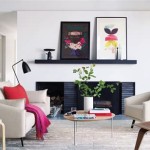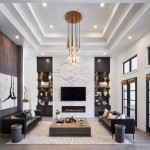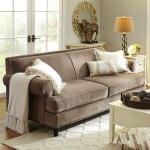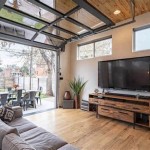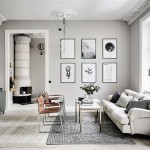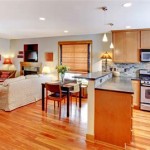Recessed Lighting Layout Living Room
Recessed lighting is a versatile and energy-efficient way to illuminate your living room. It can be used to create a variety of different lighting effects, from ambient light to task lighting. When planning recessed lighting for your living room, there are a few things to keep in mind.
First, consider the size and shape of your room. A larger room will require more lighting than a smaller room. A long, narrow room will require more evenly distributed lighting than a square or rectangular room.
Next, consider the activities that you will be doing in the room. If you will be using the room for reading or other tasks, you will need to provide more task lighting. If you will be using the room for entertaining, you can create a more ambient or dramatic effect with recessed lighting.
Finally, consider the style of your room. Recessed lighting can be used to create a variety of different looks, from traditional to modern. Choose fixtures that match the style of your room and complement your other décor.
Here are some tips for planning recessed lighting for your living room:
- Use a dimmer switch to control the light level. This will allow you to adjust the lighting to suit your needs.
- Place recessed lights evenly throughout the room to create ambient lighting. You can then add additional lights for task lighting or accent lighting.
- Use different types of recessed lights to create different effects. For example, use eyeball lights to highlight a particular area, or use wall wash lights to create a soft, indirect light.
- Consider the height of your ceiling when planning recessed lighting. Lights that are placed too high will create a harsh, glaring light. Lights that are placed too low will not provide enough illumination.
- Get professional help if you are not sure how to plan recessed lighting for your living room. A qualified electrician can help you design a lighting plan that meets your specific needs.
Here are some examples of recessed lighting layouts for living rooms:
- For a small living room, use a few recessed lights evenly spaced throughout the room. You can add a floor lamp or table lamp for additional task lighting.
- For a large living room, use a combination of recessed lights and other lighting fixtures. Place the recessed lights evenly throughout the room to create ambient lighting. Add additional lights, such as pendant lights or chandeliers, for task lighting or accent lighting.
- For a long, narrow living room, use recessed lights placed along the length of the room. This will help to create a more evenly distributed light.
- For a living room with a high ceiling, use recessed lights placed high on the walls. This will help to create a more dramatic effect.
- For a living room with a low ceiling, use recessed lights placed close to the ceiling. This will help to create a more intimate and cozy atmosphere.

Recessed Lighting Layout Examples Of Layouts And A Guide

Recessed Lighting Layout Examples Of Layouts And A Guide

The Trick You Should Know When Planning A Recessed Lighting Layout

Recessed Lighting Placement How To Correctly Place Your Lights

Moscow Bound A Mid Century Modern Home Boasts High End Lamps

How To Layout Recessed Lighting In 7 Steps Step 1 Dezigns Blog

Tips On Recessed Lighting Layouts For Living Rooms

Recessed Lighting Family Room Layout Advice

Family Room Recessed Lighting Layout Doityourself Com Community Forums

Advice Needed On Placement Of Recessed Lights In Long And Narrow Famil

